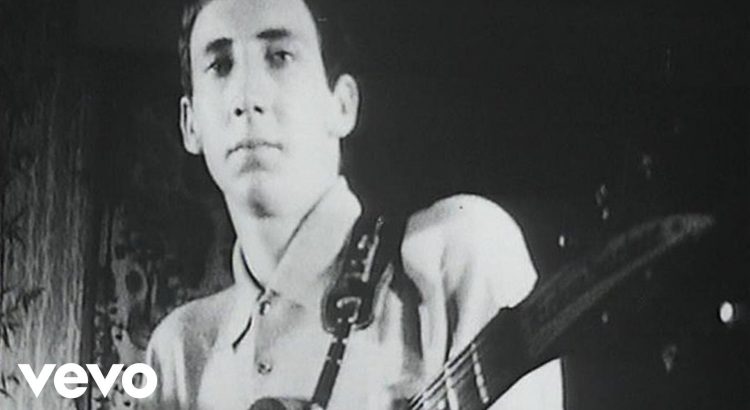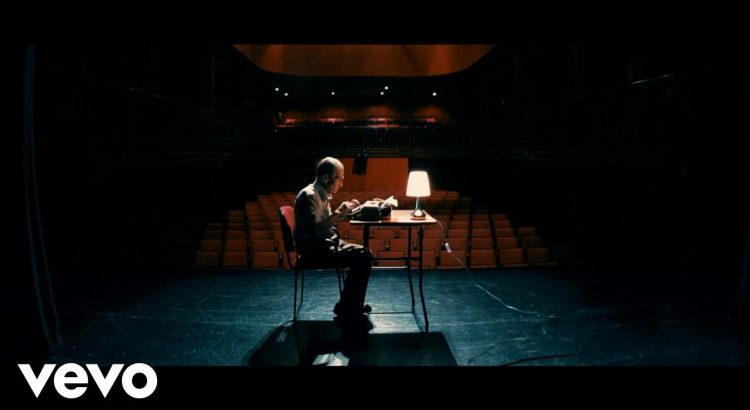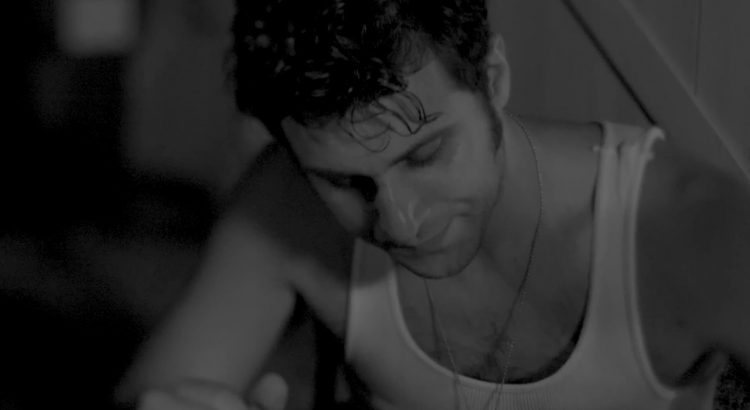What do you do with a problem play like
Measure for Measure? In its first production of Shakespeare, Elevator Repair Service has gone for the “juggler”–not actual juggling, perhaps, but the clowns have been sent over to the Public Theater. The troupe is best known for its enactments of books, notably
Gatz, a six-hour performance of
The Great Gatsby. By contrast this was a speed-read version of one of the Bard’s least embraceable works, with words tumbling out of the ensemble’s mouths, and spilling onto the floors and walls via projections.
Understandably. The group knows this is no great Shakes, stingy on memorable lines and soliloquies, if longer on pertinent themes of law, justice, and private and public morality. At times it seems to be making fun of its tortured plotting and coincidences, in a boardroom setting. All the business makes concentration even more difficult, and there were plenty of sleepyheads in the audience in the early going. (Wisely, there’s no intermission during its two hours and ten minutes, though I’m sure some of the dozers around me found it a bit sadistic.) At midpoint, however, the funny stuff ceased, for a spellbindingly played sequence where the Viennese nobleman Claudio, soon to be executed, appealed to his sister Isabella to compromise her virtue to spare her life. All’s well that ends well, sayeth Shakespeare–but it’s close, and the tension redeemed the knockabout conception. Elevator was “up” from that point on.
 Confinement is built into the crackling Signature Theater revival of Stephen Adly Guirgis’ Jesus Hopped the A Train. The two main characters, Angel (Sean Carvajal) and Lucian (Edi Gathegi) are prisoners, incarcerated in separate 23-hour isolation cells on New York’s Rikers Island. Angel is there, he says, by mistake–his attempt to rescue a friend from a Moonie-like cult, which involved “a shot in the ass” of its leader, ended in murder charges when the reverend died on the operating table. But it’s no accident that Lucius, a serial killer with at least eight known victims, is there. Fancying himself a preacher, Lucius claims to be unafraid to die for his crimes, and attempts to school Angel in justice and the law.
Confinement is built into the crackling Signature Theater revival of Stephen Adly Guirgis’ Jesus Hopped the A Train. The two main characters, Angel (Sean Carvajal) and Lucian (Edi Gathegi) are prisoners, incarcerated in separate 23-hour isolation cells on New York’s Rikers Island. Angel is there, he says, by mistake–his attempt to rescue a friend from a Moonie-like cult, which involved “a shot in the ass” of its leader, ended in murder charges when the reverend died on the operating table. But it’s no accident that Lucius, a serial killer with at least eight known victims, is there. Fancying himself a preacher, Lucius claims to be unafraid to die for his crimes, and attempts to school Angel in justice and the law.
For Guirgis, the author of the Broadway hit The Motherfucker with the Hat and the Pulitzer-winning Between Riverside and Crazy, words are the only means of escape. But words lie, wound, and disrupt. Angel’s public defender, Mary Jane (Stephanie DiMaggio) thinks she can explain her client out of prison to a sympathetic jury, but overreaches. The two guards assigned to the prisoners’ cellblock alternate in good cop-bad cop roles. Angel prays; Lucius expostulates. They argue, and banter, usually profanely, often hilariously. Words blot out the end of the line that awaits both men. It comes anyway.
I missed the original 2000 staging of this high-voltage play, and have tried not to miss anything by its author since. There’s a voice here, angry and rangy and pure, and Mark Brokaw’s clean and unfussy direction allows it to be heard. (The production design, highlighted by Riccardo Hernandez’s balefully instititutional cells, renders able assistance.) Amazingly, the two leads were late-arriving replacements, not that you would know it from their hard-edged, impassioned, boisterous performances. Jesus Hopped the A Train put theatergoers on notice that a distinctive talent had arrived, and its revival still packs a wallop.
I took my kids to see Big Apple Circus in 2014, when they were six and three. Money woes shut it down last year, and I despaired of ever taking them again. To our relief, it’s back, and smaller than ever in its 40th anniversary year.
 I mean “smaller” lovingly. The beauty of Big Apple Circus is that its chapiteau is modest in size, so that every seat in the house is the best seat in the house. The talent is outsized, and this year includes the fabled Fabulous Wallendas, who close the show with their breathtaking seven-person pyramid. But everything is jaw-droppingly good, from the spritzer-in-the-face antics of Grandma the clown (those bits, performed with aplomb by Barry Lubin, never get old) to the horse and dog acts and the incredible trapeze antics. Brought over from Ringling Bros., which was not so lucky in this era of circus contraction, was its enthusiastic ringmaster, Ty McFarlan. The pace never faltered.
I mean “smaller” lovingly. The beauty of Big Apple Circus is that its chapiteau is modest in size, so that every seat in the house is the best seat in the house. The talent is outsized, and this year includes the fabled Fabulous Wallendas, who close the show with their breathtaking seven-person pyramid. But everything is jaw-droppingly good, from the spritzer-in-the-face antics of Grandma the clown (those bits, performed with aplomb by Barry Lubin, never get old) to the horse and dog acts and the incredible trapeze antics. Brought over from Ringling Bros., which was not so lucky in this era of circus contraction, was its enthusiastic ringmaster, Ty McFarlan. The pace never faltered.
Best of all, the kids are now the exact right ages to enjoy the show, with attention spans that fully absorb the gorgeously produced and illuminated cavalcade. But the proverbial “kids of all ages” will love Big Apple Circus, long may it settle in Lincoln Center.

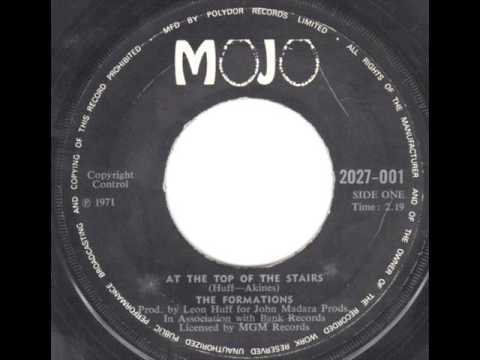
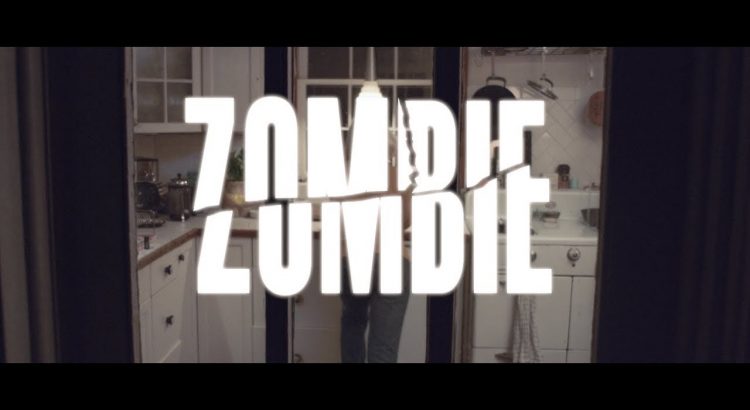

 Confinement is built into the crackling Signature Theater revival of Stephen Adly Guirgis’ Jesus Hopped the A Train. The two main characters, Angel (Sean Carvajal) and Lucian (Edi Gathegi) are prisoners, incarcerated in separate 23-hour isolation cells on New York’s Rikers Island. Angel is there, he says, by mistake–his attempt to rescue a friend from a Moonie-like cult, which involved “a shot in the ass” of its leader, ended in murder charges when the reverend died on the operating table. But it’s no accident that Lucius, a serial killer with at least eight known victims, is there. Fancying himself a preacher, Lucius claims to be unafraid to die for his crimes, and attempts to school Angel in justice and the law.
Confinement is built into the crackling Signature Theater revival of Stephen Adly Guirgis’ Jesus Hopped the A Train. The two main characters, Angel (Sean Carvajal) and Lucian (Edi Gathegi) are prisoners, incarcerated in separate 23-hour isolation cells on New York’s Rikers Island. Angel is there, he says, by mistake–his attempt to rescue a friend from a Moonie-like cult, which involved “a shot in the ass” of its leader, ended in murder charges when the reverend died on the operating table. But it’s no accident that Lucius, a serial killer with at least eight known victims, is there. Fancying himself a preacher, Lucius claims to be unafraid to die for his crimes, and attempts to school Angel in justice and the law. I mean “smaller” lovingly. The beauty of Big Apple Circus is that its chapiteau is modest in size, so that every seat in the house is the best seat in the house. The talent is outsized, and this year includes the fabled Fabulous Wallendas, who close the show with their breathtaking seven-person pyramid. But everything is jaw-droppingly good, from the spritzer-in-the-face antics of Grandma the clown (those bits, performed with aplomb by Barry Lubin, never get old) to the horse and dog acts and the incredible trapeze antics. Brought over from Ringling Bros., which was not so lucky in this era of circus contraction, was its enthusiastic ringmaster, Ty McFarlan. The pace never faltered.
I mean “smaller” lovingly. The beauty of Big Apple Circus is that its chapiteau is modest in size, so that every seat in the house is the best seat in the house. The talent is outsized, and this year includes the fabled Fabulous Wallendas, who close the show with their breathtaking seven-person pyramid. But everything is jaw-droppingly good, from the spritzer-in-the-face antics of Grandma the clown (those bits, performed with aplomb by Barry Lubin, never get old) to the horse and dog acts and the incredible trapeze antics. Brought over from Ringling Bros., which was not so lucky in this era of circus contraction, was its enthusiastic ringmaster, Ty McFarlan. The pace never faltered.